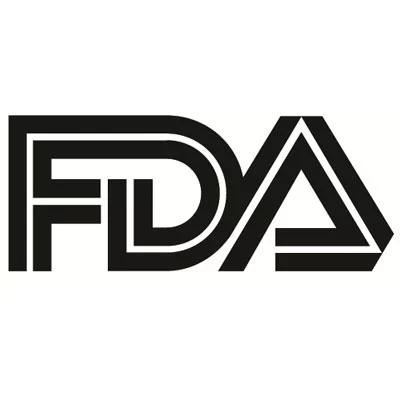Ibrexafungerp for VVC Treatment Has FDA PDUFA Today
If it is approved, this would be the first new antifungal class in the United States in years.

Investigational therapy, Brexafemme (ibrexafungerp), from Scynexis has its US Food and Drug Administration (FDA) Prescription Drug User Fee Act (PDUFA) action date today.
The therapy’s New Drug Application (NDA) is for the treatment of vulvovaginal candidiasis (VVC). If approved, Ibrexafungerp would be the first and only oral, non-azole treatment for vaginal yeast infections.
“Of the 9.5 million women in the US who received a prescription for VVC in the previous year, about 40% of them required multiple prescriptions, illustrating that many patients’ symptoms are not adequately addressed by existing azole treatments,” Jim Maffezzoli, vice president of Sales and Marketing, Scynexis, said.
Therapy
Ibrexafungerp is a broad-spectrum, IV and oral antifungal agent representing a novel therapeutic class. Its mechanism of action, glucan synthase inhibition, is a fungicidal against Candida species. It is in late-stage development for multiple indications, and along with vaginal yeast infections the therapy is also being studied in its CARES study program for life-threatening fungal infections such as Candida auris in hospitalized patients.
“The analysis of our CARES study will provide the first clinical trial data of an investigational treatment against Candida auris, a multidrug-resistant fungus deemed an urgent threat by the CDC,” Scynexis CEO Marco Taglietti, MD, said.
Trial Data
According to Scynexis, data from their phase 3 VANISH program, which had its VANISH 306 AND VANISH 303 studies, ibrexafungerp met its endpoints and achieved statistically significant superiority vs. placebo. In its VANISH 306 study, 188 participants were in the treatment arm and 84 were placed in the placebo group. In its VANISH 303 study, 188 participants were in the treatment arm and 98 were placed in the placebo group.
Dosing and Results
The regimen was a 1 day oral ibrexafungerp 600mg course divided into 2 doses of 300mg 12 hours apart.
The study had 2 participant visits with investigators: “Test-of-Cure” visit (TOC) at Day 10 and “Follow-Up” visit (FU) at Day 25.
In the VANISH 306, 63% had a clinical cure and symptom resolution at TOC, and 74% FU. In the VANISH 303 study, 51% had a clinical cure and symptom resolution at TOC, and it was 60% at FU.
Safety
Similar to previous studies, the majority of treatment adverse effects (AE) observed at a higher frequency in the ibrexafungerp group were gastrointestinal (GI) in nature, with the 3 most common GI events being diarrhea/loose stool, nausea, and abdominal pain. The majority of the GI AEs were classified as mild to moderate, with most lasting 1 day.
According to the company, the combined safety data from the VANISH and its DOVE studies in VVC patients now includes more than 850 enrolled patients, with 575 treated with the one-day 600mg dose regimen of the therapy. The overall incidence of the most common GI events for ibrexafungerp-treated patients in the total database was 16.7% for diarrhea/loose stool, 11.8% for nausea, and 4.5% for abdominal pain. This data supports a favorable safety and tolerability profile.
PDUFA
In a mature market of agents, the potential FDA approval of ibrexafungerp could offer providers a much needed, new antifungal therapy.
“When approved, ibrexafungerp would represent the first new antifungal class in over 20 years,” Taglietti stated, when interviewed by Contagion late last year. “With the advancement of our IV formulation, ibrexafungerp could become the first new class offering the flexibility of both IV and oral formulations in over 40 years,” Taglietti.
